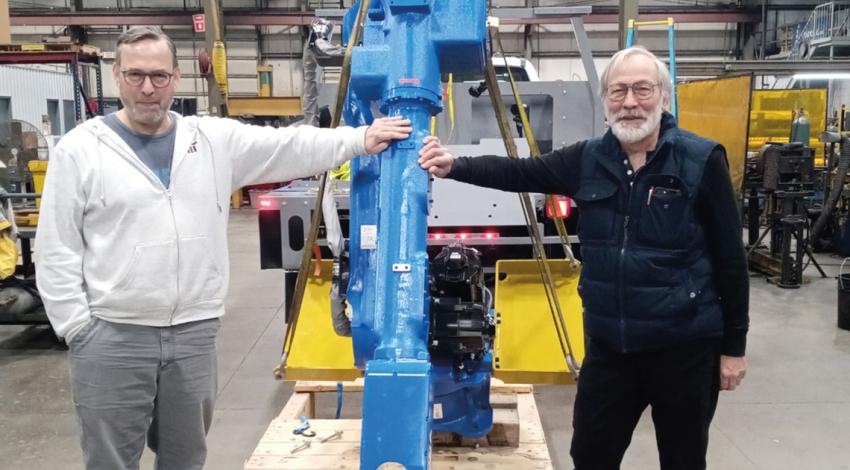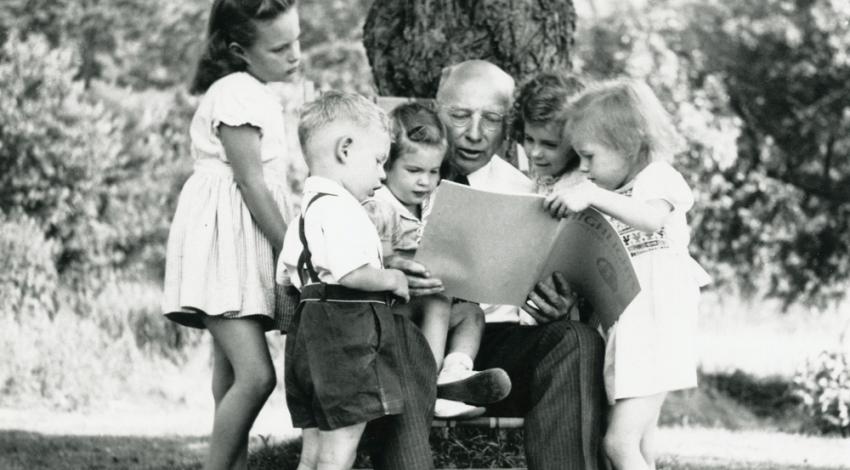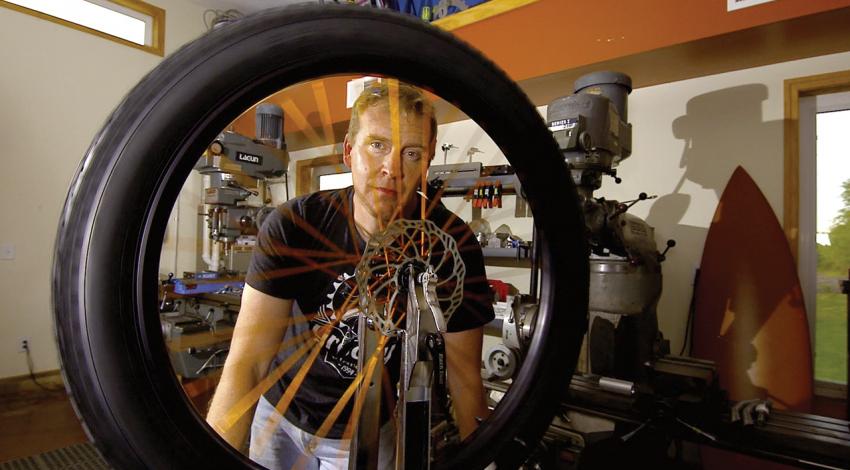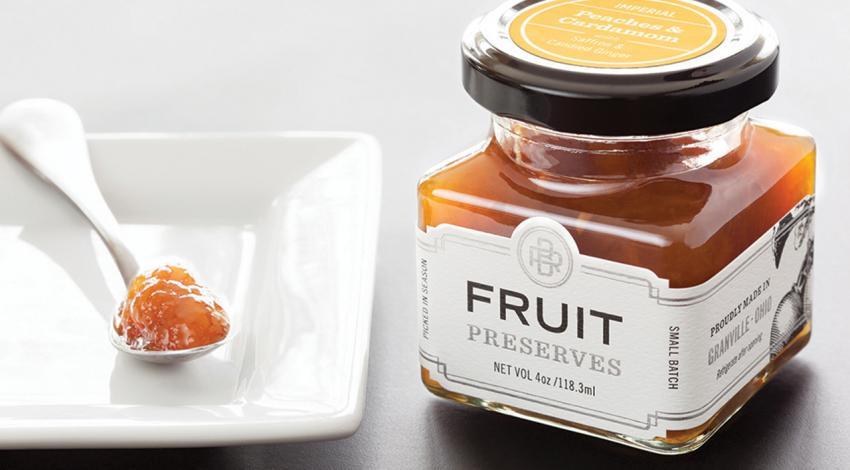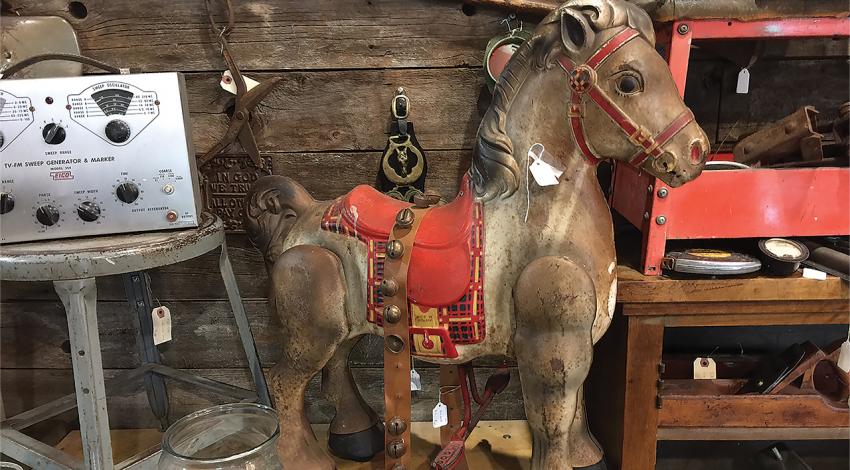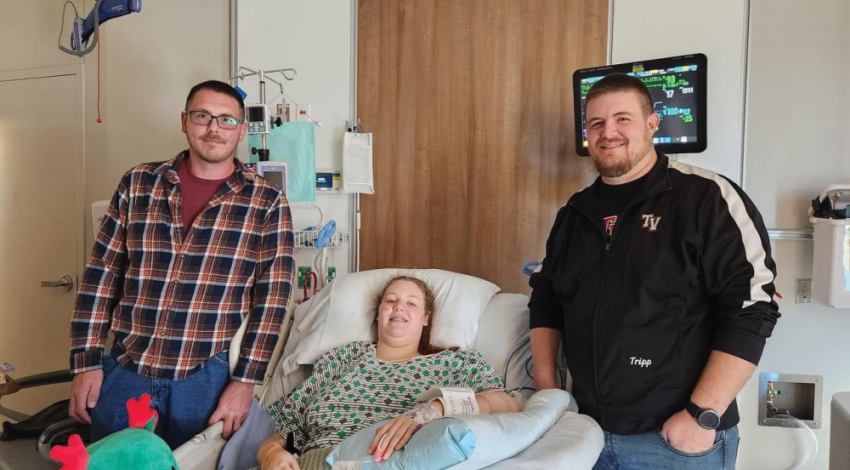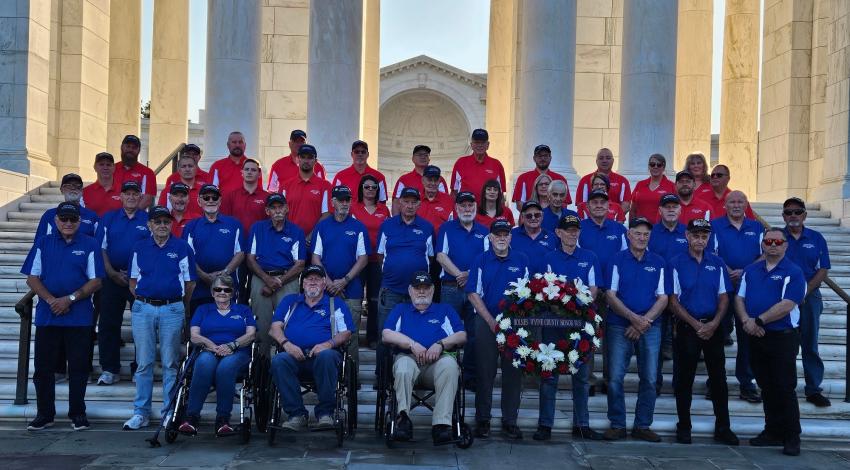Ohio’s major cities host a variety of signature holiday events. Some are old favorites as nostalgic and treasured as a childhood Christmas stocking. Others are as shiny and exciting as a new toy.
But all are sure to delight this Christmas and kindle memories for Christmases yet to come.
